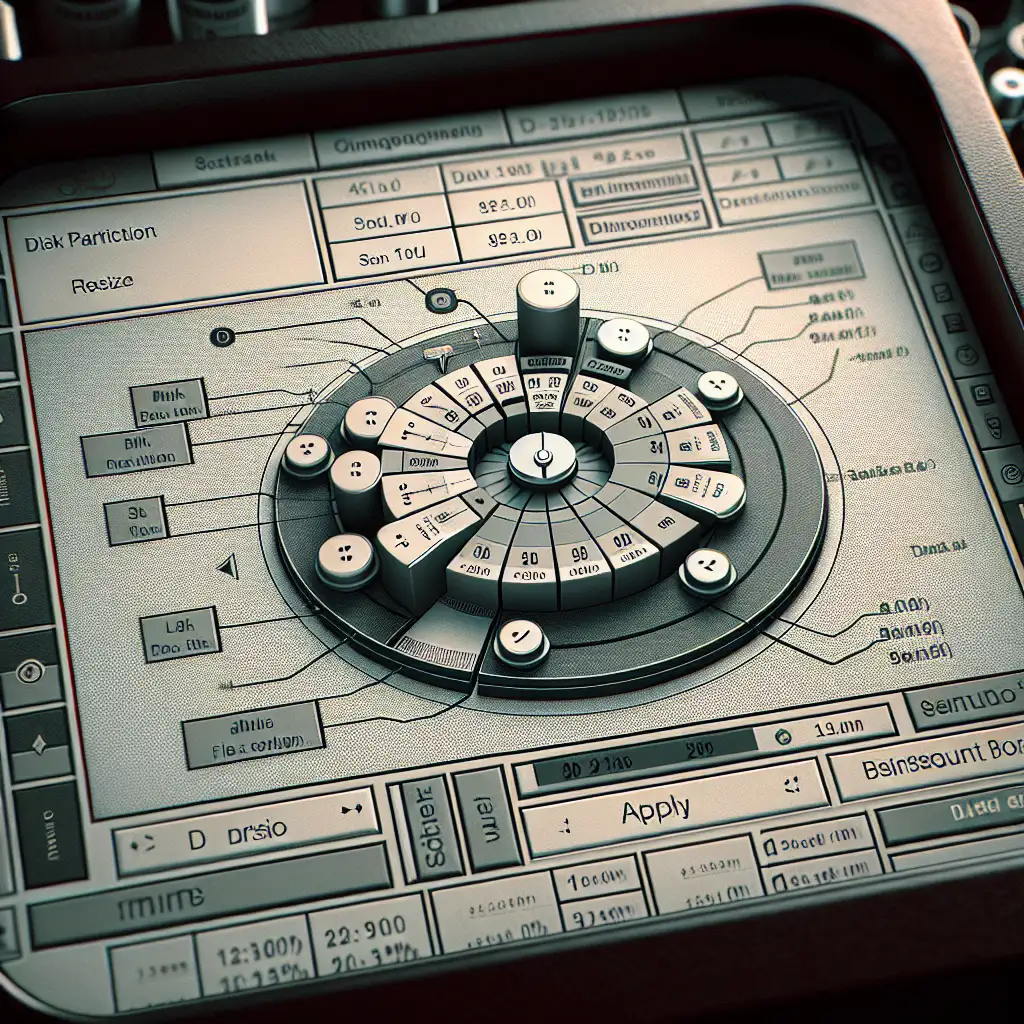Mastering GParted: How to Safely Resize and Manage Disk Partitions
Forget risky guesswork with disk partitions—discover how mastering GParted turns potentially destructive resizing into a precise, reliable operation that saves your data and your sanity.
Proper partition management is essential for optimizing disk space, improving system performance, and preventing data loss. Whether you’re running a single-drive personal computer or managing multiple storage devices in an IT environment, knowing how to safely partition your disks is a fundamental skill. GParted, the GNOME Partition Editor, is one of the most powerful and user-friendly tools available for this task.
In this post, I’ll walk you through the essentials of using GParted to safely resize and manage disk partitions. No advanced jargon, just practical steps and tips that anyone can follow.
What is GParted?
GParted stands for GNOME Partition Editor. It’s a free, open-source tool used to create, resize, move, check, and delete disk partitions on various file systems (NTFS, FAT32, EXT4, etc.). You can think of it as a powerful Swiss Army knife for your hard drive’s structure.
Because partitioning involves writing critical changes to your disk’s layout, doing it right is crucial. GParted helps by providing a graphical interface with detailed information about your drives and safe operations like “preview before applying” so you always know what’s going to happen.
Getting Started with GParted
1. Download & Boot from GParted Live USB/CD
While you can install GParted on Linux distros directly via package managers (e.g., sudo apt install gparted), the safest way to modify system partitions is by booting from a GParted Live USB or CD:
- Download GParted Live from gparted.org/download.php
- Use tools like Rufus or balenaEtcher to create a bootable USB.
- Restart your computer and boot from the USB/CD media.
This prevents any mounted partitions from interfering with modifications.
2. Understand Your Disk Layout
Once GParted loads:
- You’ll see a list of all detected storage devices on the top-right drop-down menu.
- Select the correct disk (e.g.,
/dev/sdais usually the primary hard drive). - The graphical display shows all partitions on that disk, their size, file system type (ext4, NTFS), usage percentage, mount points if applicable, and free space.
How to Resize a Disk Partition Using GParted
One of the most common tasks: resizing existing partitions to reclaim unused space or make room for new OS installations.
Step-by-Step Resizing Example:
Let's say you have an NTFS partition (/dev/sda2) with 500GB total but only 200GB used. You want to shrink it down to 300GB so you can create another partition in the freed-up space.
-
Backup Your Data!
Always back up important files before modifying partitions—there’s always some risk. -
Select the Partition
Click on/dev/sda2in GParted. -
Unmount Partition (if mounted)
Right-click → Unmount (grayed out if already unmounted). -
Resize/Move
Right-click → Resize/MoveA dialog box appears with sliders or fields for “New size.”
- Input
300000MB instead of500000. - You can drag sliders visually or type exact values.
- Input
-
Apply Changes Preview
After confirming the new size, it won’t change immediately until you click the green checkmark icon ("Apply All Operations") on top toolbar. -
Wait! Let It Finish
The operation could take minutes depending on how much data must be moved around. -
Success Confirmation
After completion, GParted will report success or errors.
Now you will see about 200GB unallocated space right next to /dev/sda2.
Creating New Partitions in Unallocated Space
You can create additional partitions like:
- A new partition for Linux
- Separate swap space
- STORAGE for backups
Simply right-click on unallocated space → “New” → choose filesystem type (e.g., ext4) and size + label → click add → apply changes.
Tips for Safe Partition Management Using GParted
- Always backup first! Even though GParted tries hard not to corrupt data.
- Make sure no partitions are mounted when modifying them.
- Avoid resizing encrypted or RAID partitions without special processes.
- Be patient: resizing larger partitions takes longer because data might need copying.
- Use file system check (
Checkoption) before/after resizing as added safety. - Keep system recovery media handy just in case things go wrong.
Practical Use Case: Dual Boot Setup Preparation
Suppose you want to dual boot Windows and Linux but only have one large Windows partition occupying all space.
- Boot into GParted Live USB.
- Shrink Windows NTFS partition using steps above.
- Create new ext4 partition from unallocated space.
- Proceed with Linux installation pointing root (
/) mount point at ext4 partition created. - Enjoy dual boot without wiping Windows!
Conclusion
Mastering GParted transforms what looks like complex and risky disk management into approachable steps that preserve your data integrity while optimizing disk usage efficiently. With practice and attention to detail—like always backing up—you’ll gain confidence handling storage tasks easily whether working on your personal PC or managing enterprise systems.
Ready to take control of your disks? Download GParted Live today and start experimenting safely!
Feel free to ask questions below if you want me to cover specific operations like merging partitions or working with LVM volumes next time!
